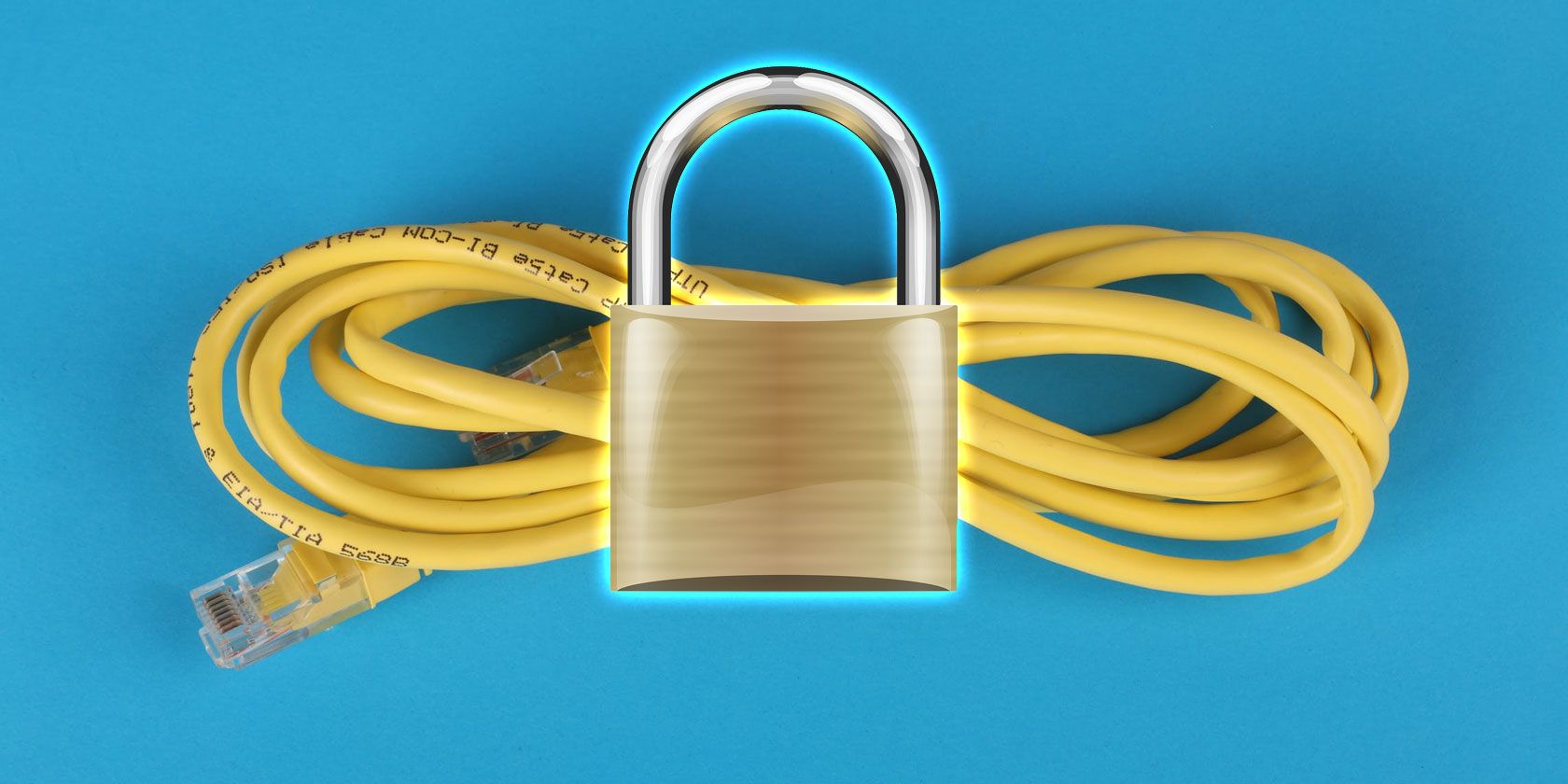

- #HOW TO USE WIRESHARK TO CAPTURE NETWORK TRAFFIC SOFTWARE#
- #HOW TO USE WIRESHARK TO CAPTURE NETWORK TRAFFIC MAC#
To the server, for example 126b.fe-0.0.1. Navigate to the directory where packet capture files areĬopy the packet capture file that you want to analyze run ftp tools-serverĢ20 FTP server (Version 6.00LS) ready Using FTP, transfer a packet capture file (for example, 126b.fe-0.0.1), to a server where you have installed packetĪnalyzer tools (for example, tools-server).įrom configuration mode, connect to tools-server using FTP. Packet capture files are not removed even after you disable The pcap-file.fe-0.0.1 file is always the latest file. This process continues until the maximum number of files is exceededĪnd the oldest file is overwritten. When the file named pcap-file.fe-0.0.1 reaches the maximum size again, the file Named pcap-file.fe-0.0.1 reaches the maximum size, theįile is renamed pcap-file.fe-0.0.1.0. Packet captureĬreates multiple files (one per physical interface), suffixing eachįile with the name of the physical interface for example, pcap-file.fe-0.0.1 for the Fast Ethernet interface fe-0.0.1. You name the packet capture file pcap-file. You can specify the target filename, the maximum size of the file,įile creation and storage take place in the following way. Packet capture creates one file for each physical interface. You can specify the maximum size of the packet to be captured, up Including the Layer 2 header is captured and stored in a file. When packet capture is enabled on an interface, the entire packet Packet capture files, and the file permissions. The captured packets, the maximum file size, the maximum number of To specify the maximum packet size, the filename to be used for storing Use the J-Web configuration editor or CLI configuration editor Tunnel interfaces can support packet capture in the outbound You have configured and applied a firewall filter on the interface in the outbound direction. PIM), packets generated by the Routing Engine are not captured unless
#HOW TO USE WIRESHARK TO CAPTURE NETWORK TRAFFIC SOFTWARE#
The flow software module (protocol packets such as ARP, OSPF, and You can capture all IPv4 packets flowing on an interface in Multilink Frame Relay end-to-end (MLFR), and Multilink Frame Relay Packet capture also supports Multilink PPP (MLPPP), Packet capture supports PPP, Cisco HDLC, Frame Relay, and otherĪTM encapsulations. To capture packets on a PPPoE interface,Ĭonfigure packet capture on the PPPoE logical interface. To capture packets on an ISDN interface, configure packet capture

This is to stop arp poisoning by blocking gratuitous arps where an IP is moving from one Ethernet port to another.Packet capture is supported on the T1, T3, E1, E3, serial,įast Ethernet, ADSL, G.SHDSL, PPPoE, and ISDN interfaces. Where this won't work is when "port security" has been enabled on the switch, a not uncommon practice.

Your machine will now forward packets through its IP stack as if it was the gateway. The interesting machines will unwittingly send all gateway/default route destined traffic to your machine.
#HOW TO USE WIRESHARK TO CAPTURE NETWORK TRAFFIC MAC#
It tricks your interested hosts (and the switch) that your machine MAC address now owns the IP of the old IP gateway by sending out a "gratuitous arp". Enter Ettercap which is an arp poisoning tool. So you need a way to act as an Ethernet bridge between the interesting hosts and their gateway but without being physically in the path. This still won't let them be captured by Wireshark/tcpdump, however. Most managed switches (not a dumb desktop one) allow you to designate a port mirror so that all Ethernet frames are replicated on a specific port where you can attach a machine in promiscuous mode and capture "foreign" Ethernet frames using tcpdump/Wireshark. Therefore, you will only see Ethernet frames destined to or originating from your NIC including broadcast Ethernet frames, such as ARP, but not foreign traffic. This is to reduce collisions associated with Ethernet hubs (something you rarely see these days). The problem you have is that an Ethernet switch is designed so that it learns the MAC addresses on each port and uses this to "route" Ethernet frames to the correct port based on their MAC address. You should be able to Wireshark/tcpdump the information you require. One way to achieve what you want is to use an arp poisoning tool, such as Ettercap.


 0 kommentar(er)
0 kommentar(er)
